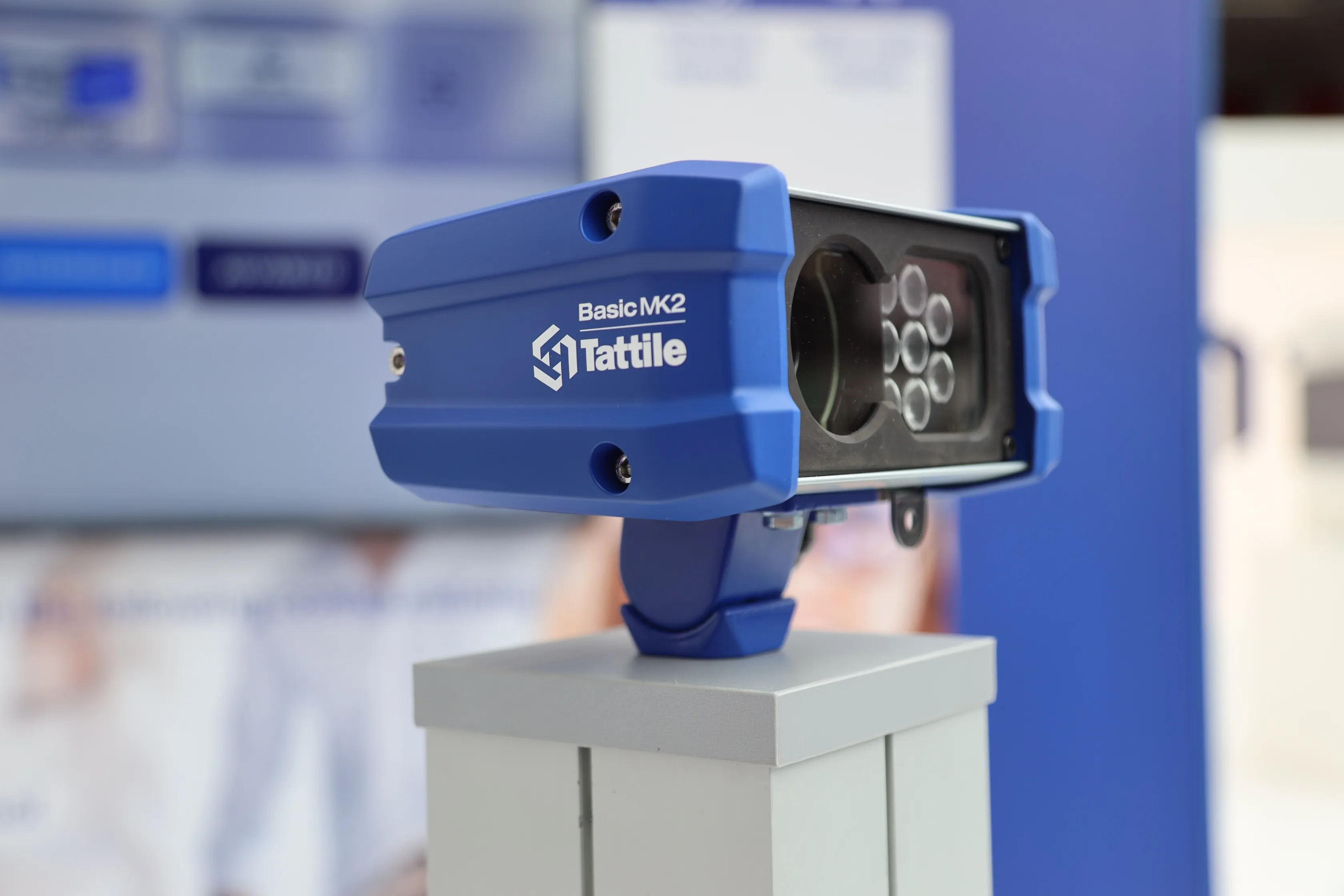Point Grey’s latest cameras include the Blackfly ultra-compact PoE GigE vision camera and the 2.3 megapixel global shutter CMOS Grasshopper3 USB3 vision camera.
The Blackfly BFLY-PGE-12A2 camera utilises global shutter CMOS technology to capture crisp, distortion-free images of objects in motion, for applications such as factory automation or open road tolling. The new Aptina AR0134 1.2 megapixel CMOS image sensor is capable of capturing images at 50 FPS and uses Aptina’s latest 3.75micron global shutter
March 18, 2014
Read time: 2 mins
The Blackfly BFLY-PGE-12A2 camera utilises global shutter CMOS technology to capture crisp, distortion-free images of objects in motion, for applications such as factory automation or open road tolling. The new Aptina AR0134 1.2 megapixel CMOS image sensor is capable of capturing images at 50 FPS and uses Aptina’s latest 3.75micron global shutter pixel technology to deliver exceptional low light performance and quantum efficiency of over 70 per cent. The sensor’s 1/3inch optical format enables analogue camera users to easily switch to digital without changing optics, while offering higher resolution and faster frame rates. The camera supports cable lengths of up 100metres using Gigabit Ethernet and is compatible with third-party imaging libraries via the GigE Vision standard.
The Grasshopper3 GS3-U3-23S6M-C model uses the monochrome IMX174, Sony’s new global shutter CMOS sensor for the machine vision market. The fast and extremely sensitive IMX174 is a 1.5inch Exmor CMOS that offers an image resolution of 1920x1200 and frame rates up to 162 FPS. Global shutter CMOS technology allows images of fast-moving objects to be captured without the motion distortion characterised by rolling shutter sensors, and without the smear inherent with CCDs. The IMX174 supports many features required for industrial and scientific applications, such as high-speed triggering and region of interest (ROI) functionality. The ROI feature allows users to select smaller HD 1080p or 720p image sizes that run at faster frame rates.










